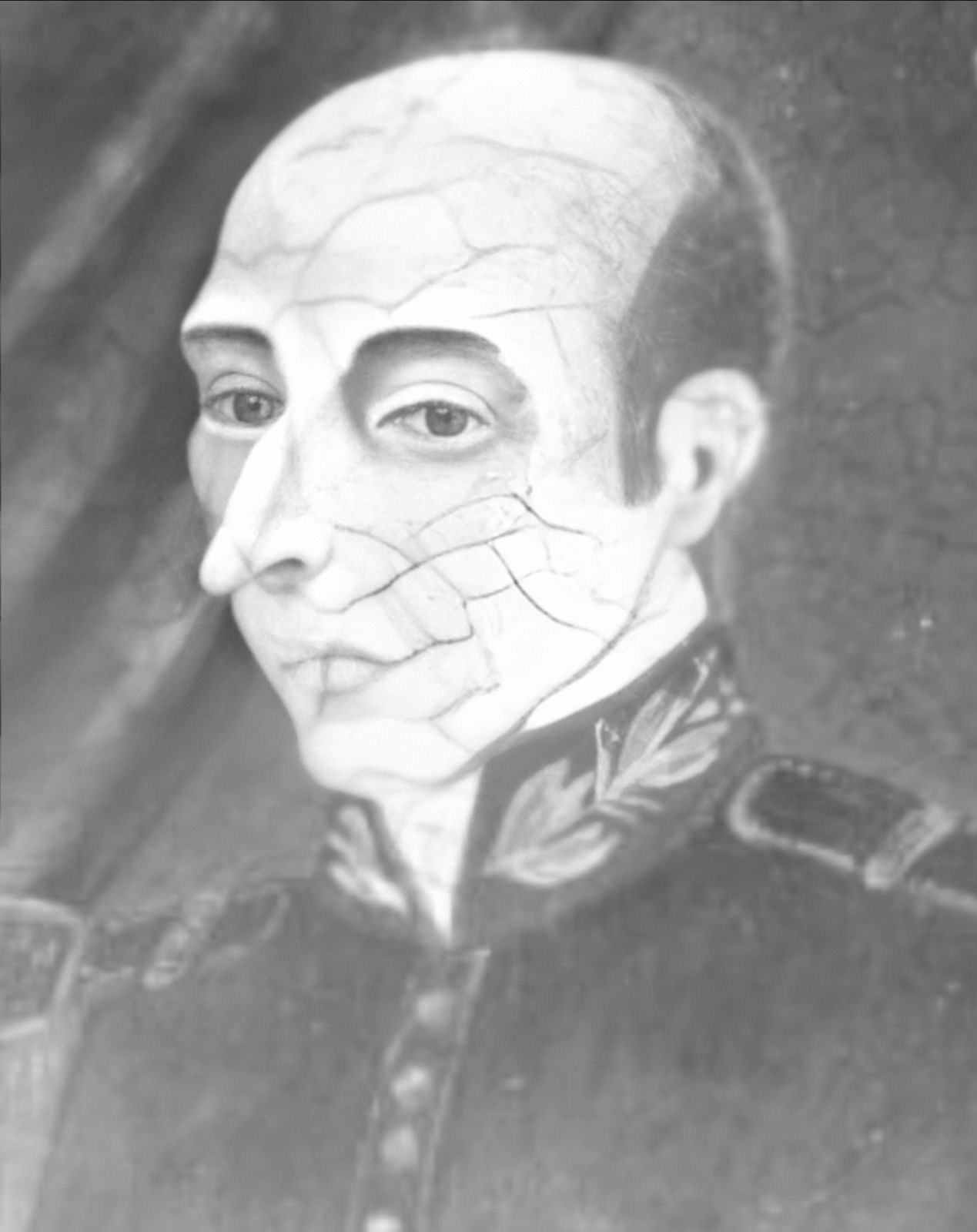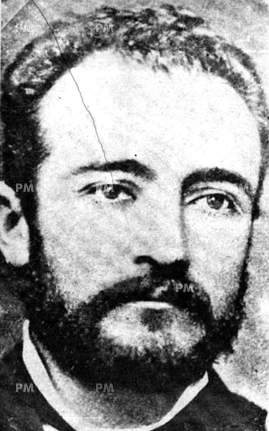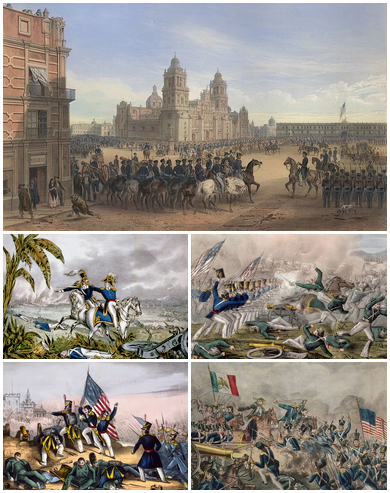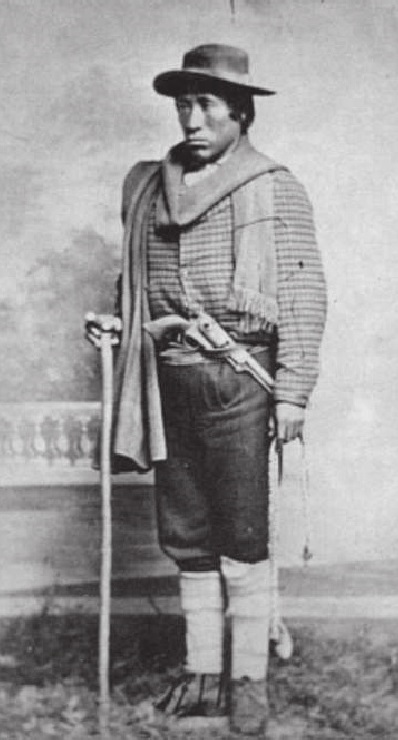|
Macario Pinilla
Macario Pinilla Vargas (24 November 1855 – 3 September 1927) was a Bolivian lawyer and politician who served as the 17th vice president of Bolivia from 1909 to 1913. He served as first vice president alongside second vice president Juan Misael Saracho during the administration of Eliodoro Villazón. Biography Macario Pinilla Vargas was born in La Paz on 24 November 1855. His parents were Juan Pinilla and Eduarda Vargas. He began his studies at the Ayacucho College in 1863, receiving a law degree in 1876. Pinilla was elected deputy for La Paz in 1888 and District Attorney of La Paz in 1892. In 1899, following the defeat of the Conservatives in the Federal War, he became one of the heads the Federal Government Junta, a civil-military triumvirate composed of himself, José Manuel Pando, and Serapio Reyes Ortiz. Following the election of Pando as president by the National Assembly, he was appointed Minister before the Court of Spain on 12 December 1899. In 1902 and again in ... [...More Info...] [...Related Items...] OR: [Wikipedia] [Google] [Baidu] |
Vice President Of Bolivia
The vice president of Bolivia ( es, Vicepresidente de Bolivia), officially known as the vice president of the Plurinational State of Bolivia ( es, Vicepresidente del Estado Plurinacional de Bolivia), is the second highest political position in Bolivia. The vice president replaces the president in his definitive absence or others impediment and is the ''ex officio'' President of the Legislative Assembly. Thirty nine men have served as vice president of Bolivia since the office came into existence on 19 November 1826. José Ramón de Loayza was the first vice president of the Republic of Bolivia. The 38th vice president, Álvaro García Linera, was the last vice president of the Republic of Bolivia and the first vice president of the Plurinational State of Bolivia. The second and current vice president of the Plurnational State is David Choquehuanca ( since 8 November 2020). There are currently five living former vice presidents. The most recent former vice president to die was ... [...More Info...] [...Related Items...] OR: [Wikipedia] [Google] [Baidu] |
Federal Government Junta Of Bolivia, 1899
The Federal Government Junta () was a civil-military triumvirate which temporarily assumed power in Bolivia after Liberal party victory in the Federal Revolution of 1899. It was composed of Colonel (later, General) José Manuel Pando, Serapio Reyes Ortiz (previously the Prefect of La Paz Department), and doctor Macario Pinilla Vargas. The Junta was proclaimed on December 12, 1898, led the Liberal effort in the Revolution, and governed Bolivia from April 12 to October 25, 1899. It carried out various institutional reforms and erected public works, such as the construction of the Palace of Government in La Paz. In 1899, a National Convention elected Pando president, replacing the Junta. Precedents During the presidency of conservative Severo Fernández Alonso the so-called Federal Revolution Federal began, a civil war between the elites of La Paz and Sucre, and between liberals and conservatives, aligned respectively with these two cities. After four months of combat, the Liber ... [...More Info...] [...Related Items...] OR: [Wikipedia] [Google] [Baidu] |
1910 Deaths
Year 191 ( CXCI) was a common year starting on Friday (link will display the full calendar) of the Julian calendar. At the time, it was known as the Year of the Consulship of Apronianus and Bradua (or, less frequently, year 944 ''Ab urbe condita''). The denomination 191 for this year has been used since the early medieval period, when the Anno Domini calendar era became the prevalent method in Europe for naming years. Events By place Parthia * King Vologases IV of Parthia dies after a 44-year reign, and is succeeded by his son Vologases V. China * A coalition of Chinese warlords from the east of Hangu Pass launches a punitive campaign against the warlord Dong Zhuo, who seized control of the central government in 189, and held the figurehead Emperor Xian hostage. After suffering some defeats against the coalition forces, Dong Zhuo forcefully relocates the imperial capital from Luoyang to Chang'an. Before leaving, Dong Zhuo orders his troops to loot the tombs of the Ha ... [...More Info...] [...Related Items...] OR: [Wikipedia] [Google] [Baidu] |
1846 Births
Events January–March * January 5 – The United States House of Representatives votes to stop sharing the Oregon Country with the United Kingdom. * January 13 – The Milan–Venice railway's bridge, over the Venetian Lagoon between Mestre and Venice in Italy, opens, the world's longest since 1151. * February 4 – Many Mormons begin their migration west from Nauvoo, Illinois, to the Great Salt Lake, led by Brigham Young. * February 10 – First Anglo-Sikh War: Battle of Sobraon – British forces defeat the Sikhs. * February 18 – The Galician slaughter, a peasant revolt, begins. * February 19 – United States president James K. Polk's annexation of the Republic of Texas is finalized by Texas president Anson Jones in a formal ceremony of transfer of sovereignty. The newly formed Texas state government is officially installed in Austin. * February 20– 29 – Kraków uprising: Galician slaughter – Polish nationalists stage an uprising in the Free City o ... [...More Info...] [...Related Items...] OR: [Wikipedia] [Google] [Baidu] |
France
France (), officially the French Republic ( ), is a country primarily located in Western Europe. It also comprises of overseas regions and territories in the Americas and the Atlantic, Pacific and Indian Oceans. Its metropolitan area extends from the Rhine to the Atlantic Ocean and from the Mediterranean Sea to the English Channel and the North Sea; overseas territories include French Guiana in South America, Saint Pierre and Miquelon in the North Atlantic, the French West Indies, and many islands in Oceania and the Indian Ocean. Due to its several coastal territories, France has the largest exclusive economic zone in the world. France borders Belgium, Luxembourg, Germany, Switzerland, Monaco, Italy, Andorra, and Spain in continental Europe, as well as the Netherlands, Suriname, and Brazil in the Americas via its overseas territories in French Guiana and Saint Martin. Its eighteen integral regions (five of which are overseas) span a combined area of ... [...More Info...] [...Related Items...] OR: [Wikipedia] [Google] [Baidu] |
Netherlands
) , anthem = ( en, "William of Nassau") , image_map = , map_caption = , subdivision_type = Sovereign state , subdivision_name = Kingdom of the Netherlands , established_title = Before independence , established_date = Spanish Netherlands , established_title2 = Act of Abjuration , established_date2 = 26 July 1581 , established_title3 = Peace of Münster , established_date3 = 30 January 1648 , established_title4 = Kingdom established , established_date4 = 16 March 1815 , established_title5 = Liberation Day (Netherlands), Liberation Day , established_date5 = 5 May 1945 , established_title6 = Charter for the Kingdom of the Netherlands, Kingdom Charter , established_date6 = 15 December 1954 , established_title7 = Dissolution of the Netherlands Antilles, Caribbean reorganisation , established_date7 = 10 October 2010 , official_languages = Dutch language, Dutch , languages_type = Regional languages , languages_sub = yes , languages = , languages2_type = Reco ... [...More Info...] [...Related Items...] OR: [Wikipedia] [Google] [Baidu] |
La Paz Department (Bolivia)
The La Paz Department of Bolivia comprises with a 2012 census population of 2,706,359 inhabitants. It is situated at the western border of Bolivia, sharing Lake Titicaca with adjacent Peru. It contains the '' Cordillera Real'', which reaches altitudes of . Northeast of the Cordillera Real are the '' Yungas'', the steep eastern slopes of the Andes Mountains that make the transition to the Amazon River basin to the northeast. The capital of the department is the city of La Paz and is the administrative city and seat of government/national capital of Bolivia. Provinces The Department of La Paz is divided into 20 provinces (''provincias'') which are further subdivided into 85 municipalities (''municipios'') and - on the fourth level - into cantons. The provinces with their capitals are: Government The chief executive office of Bolivia's departments (since May 2010) is the Governor; before then, the office was called the Prefect, and until 2006 the prefect was appo ... [...More Info...] [...Related Items...] OR: [Wikipedia] [Google] [Baidu] |
Serapio Reyes Ortiz
Serapio Reyes Ortiz (14 November 1822 – 6 November 1900) was a Bolivian lawyer, professor, and politician who served as acting President of Bolivia in 1879, after the death of Pedro José de Guerra and the continued absence of Hilarión Daza, and as the ninth Vice president of Bolivia from 1888 to 1892. A member of the Conservative Party, he served as second vice president alongside first vice president José Manuel del Carpio during the administration of Aniceto Arce. Early life and career Studies Reyes Ortiz was born in Coroico on 14 November 1822. He completed his early studies at the Seminary College of La Paz in 1835. In 1843, he received the title of Doctor of Law. Following this, he went directly to occupy the position of Minister of the College of Sciences of La Paz, and then professor of literature in Oruro. In 1844, he concluded his literary career, Ortiz began to practice the art of letters, sometimes producing epithets, such as a literary act alluding to the ... [...More Info...] [...Related Items...] OR: [Wikipedia] [Google] [Baidu] |
José Manuel Pando
José Manuel Inocencio Pando Solares (27 December 1849 – 17 June 1917) was a Bolivian soldier, politician and explorer. He was also the 25th President of Bolivia from 1899 to 1904. During his government, the Acre War (1899-1903) began, in which Bolivia clashed with Brazil. Early life Youth and studies Pando was born in the town of Luribay on December 27, 1848. His parents were Manuel Pando and Petrona Solares. He studied at the ''Colegio Seminario de La Paz'' and continued his studies at the Universidad Mayor de San Andrés (UMSA) where he studied medicine, but only reached the sixth year before he abandoned it for a career in politics. At the age of twenty-three, Pando fought alongside the people of La Paz to overthrow the government of Mariano Melgarejo on January 15, 1871, after which he was incorporated into the Bolivian Army. Military career After overthrowing Melgarejo, Bolivian President Agustín Morales appointed Pando as his personal aide-de-camp in 1871. ... [...More Info...] [...Related Items...] OR: [Wikipedia] [Google] [Baidu] |
Bolivian Civil War
The Bolivian Civil War, also known as the Federal War (Spanish: ''Guerra Federal'') was a civil war in Bolivia fought from 1898 to 1899. The war saw two factions, a conservative side supported by the political, economic and religious elite of the country with control of the armed forces and who defended a unitary state, and a liberal faction opposed to the policies set by the state and that intended to transform the country into a federation, with support of the peasantry, the indigenous peoples and small Catholic businesses. The conflict was ultimately won by the liberal side, putting an end to decades-long political rule by the Bolivian conservatives and leading to a time of political change called the federal revolution (Spanish: ''revolución federal''). The outcome included the attempted move of the country's capital city from Sucre to La Paz, however subsequent political conflicts challenged this process eventually frustrating a complete move and also hindering the transfo ... [...More Info...] [...Related Items...] OR: [Wikipedia] [Google] [Baidu] |
Eliodoro Villazón
Eliodoro Villazón Montaño (22 January 1848 – 12 September 1939) was a Bolivian lawyer and politician who served as the 27th president of Bolivia from 1909 to 1913 and as the 15th vice president of Bolivia from 1904 to 1909. Early life Villazón was born on January 22, 1848, in the town of Sacaba in the department of Cochabamba. He was the son of José Manuel Villazón and Manuela Montaño. He graduated as a lawyer from the University of San Francisco Xavier and one of the most distinguished lawmakers in the country. At the age of twenty, during the de facto government of President Mariano Melgarejo Manuel Mariano Melgarejo Valencia (13 April 1820 – 23 November 1871) was a Bolivian military officer and politician, fifteenth president of the Republic of Bolivia from December 28, 1864, until his fall on January 15, 1871. He assumed powe ... (1864-1871), Villazón founded the newspaper ''El Ferroviario''. Villazon married Enriqueta Torrico. Political career He be ... [...More Info...] [...Related Items...] OR: [Wikipedia] [Google] [Baidu] |
Conservative Party (Bolivia)
The Conservative Party ( Spanish: ''Partido Conservador'') was one of two major political parties in Bolivia in the late 19th century. The other was the Liberal Party. Between 1884 and 1899, all of the Presidents of Bolivia were members of the Conservative Party. References See also *History of Bolivia (1809–1920) The invasion of the Iberian Peninsula in 1807-08 by Napoleon Bonaparte's forces proved to be critical for the independence struggle in South America, during which the local elites of Upper Peru remained mostly loyal to Spain, supporting ''Jun ... Conservative parties in Bolivia Defunct political parties in Bolivia Political parties with year of establishment missing Political parties with year of disestablishment missing {{Bolivia-party-stub ... [...More Info...] [...Related Items...] OR: [Wikipedia] [Google] [Baidu] |





